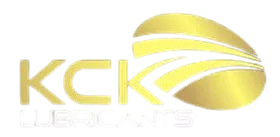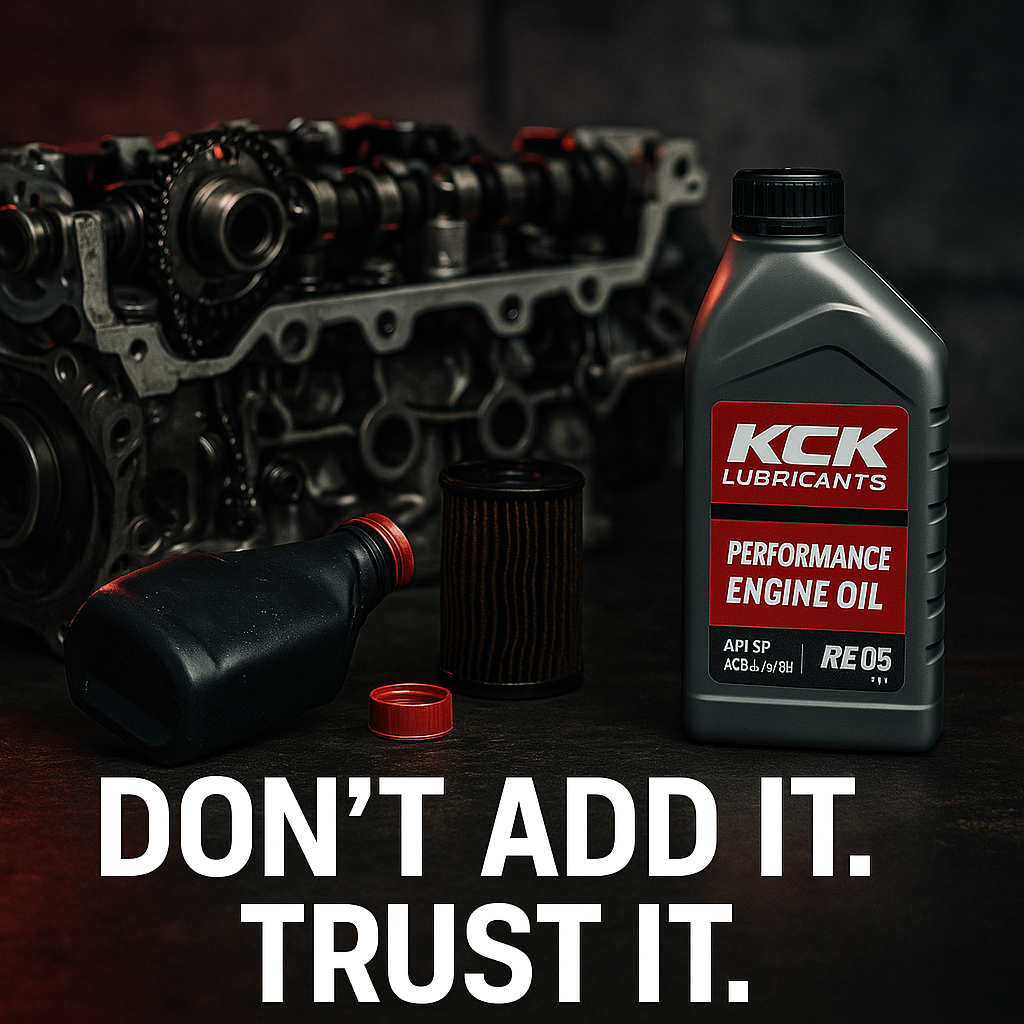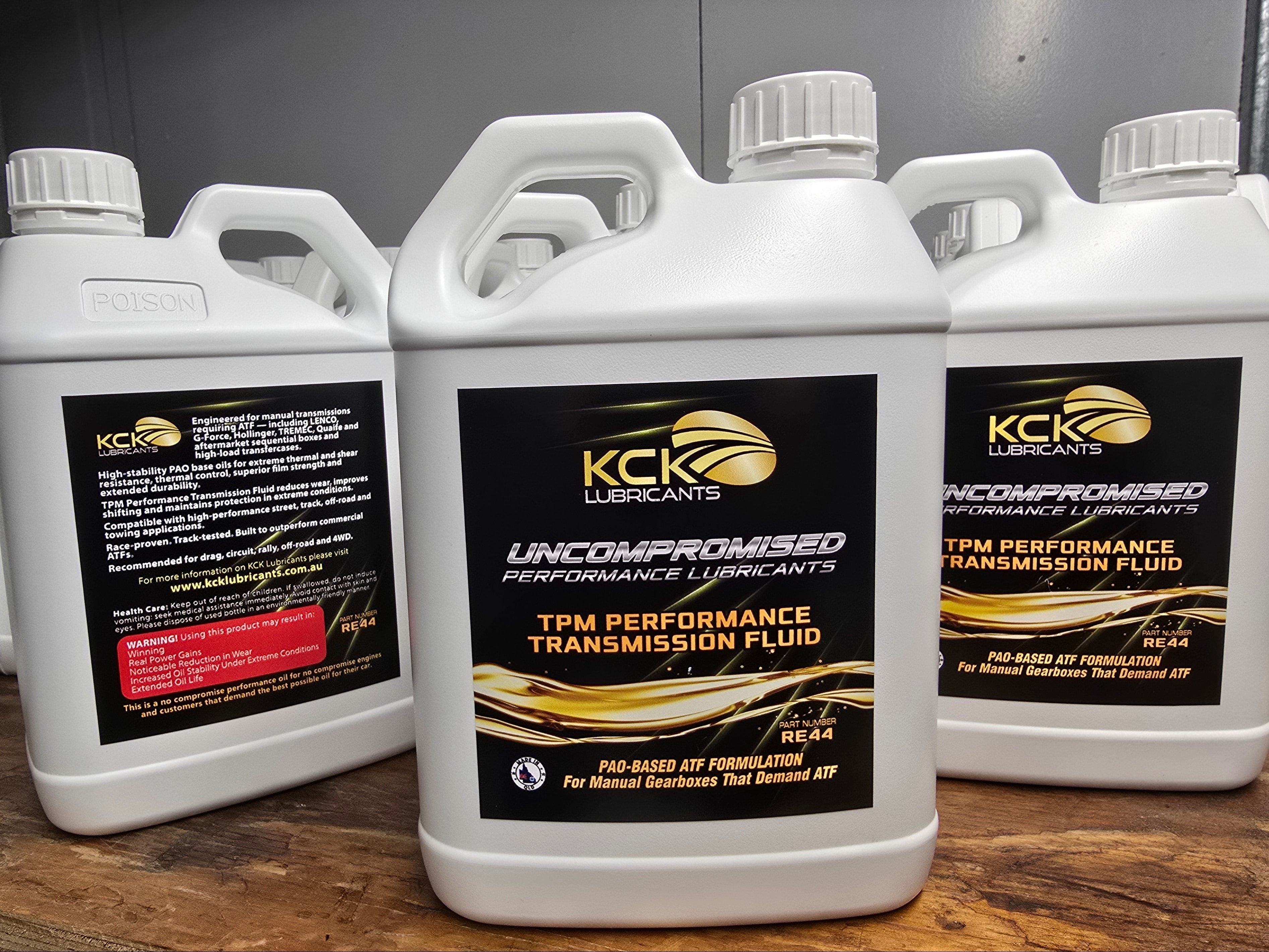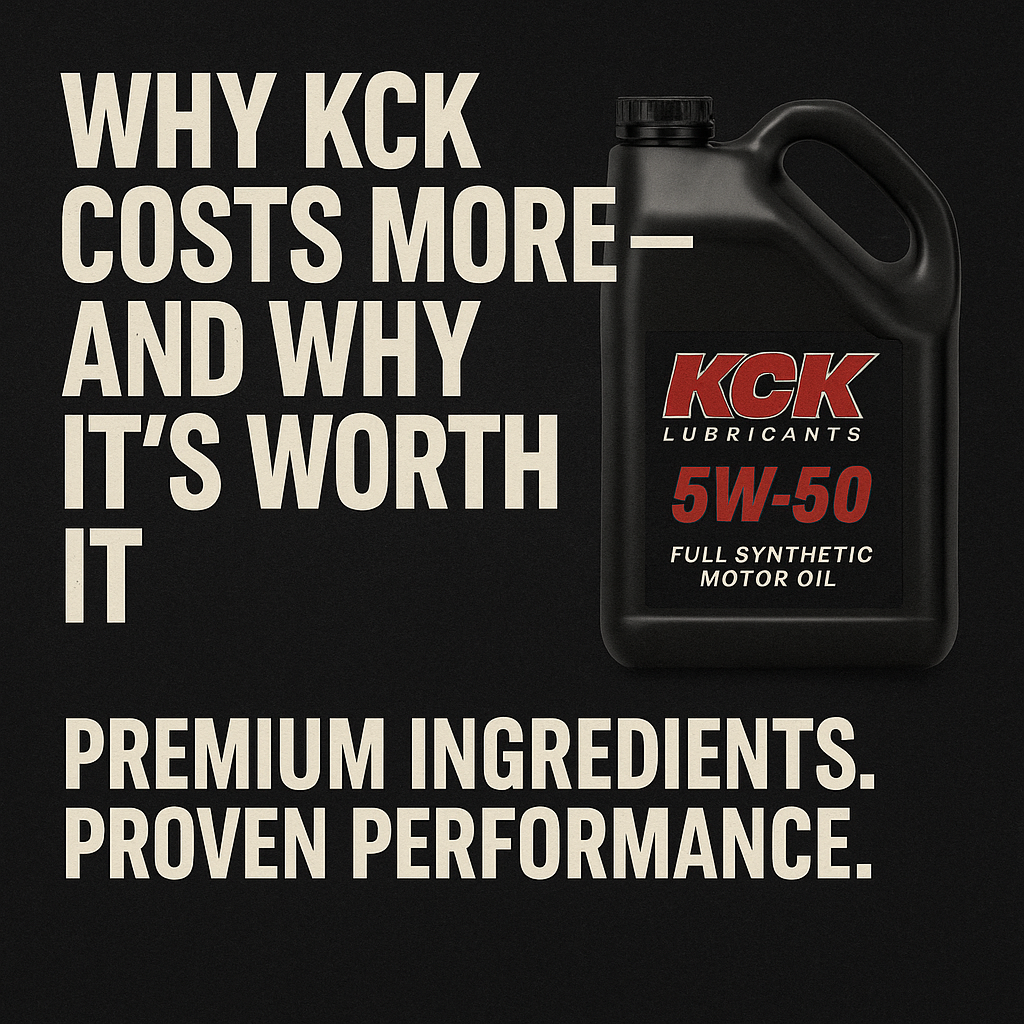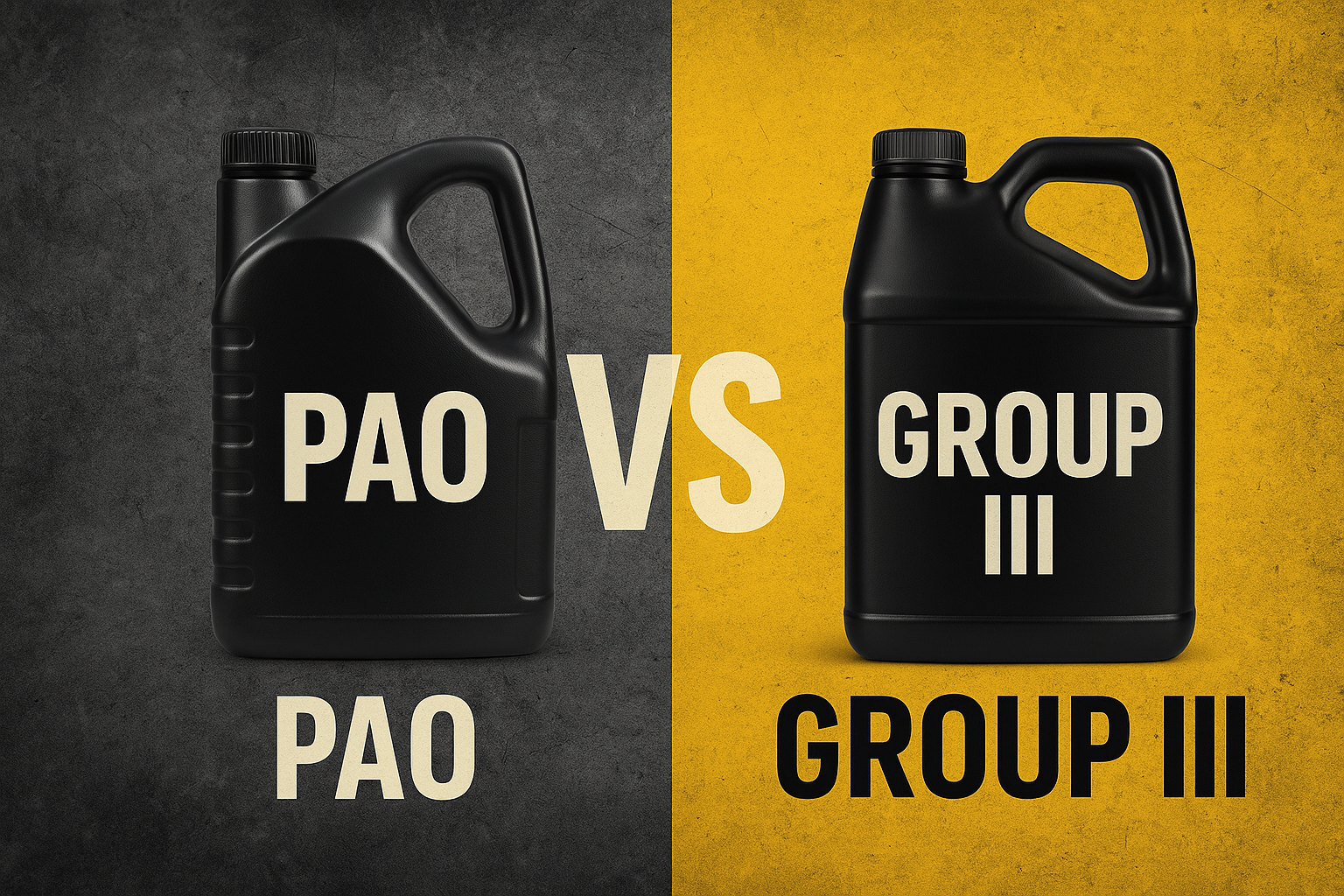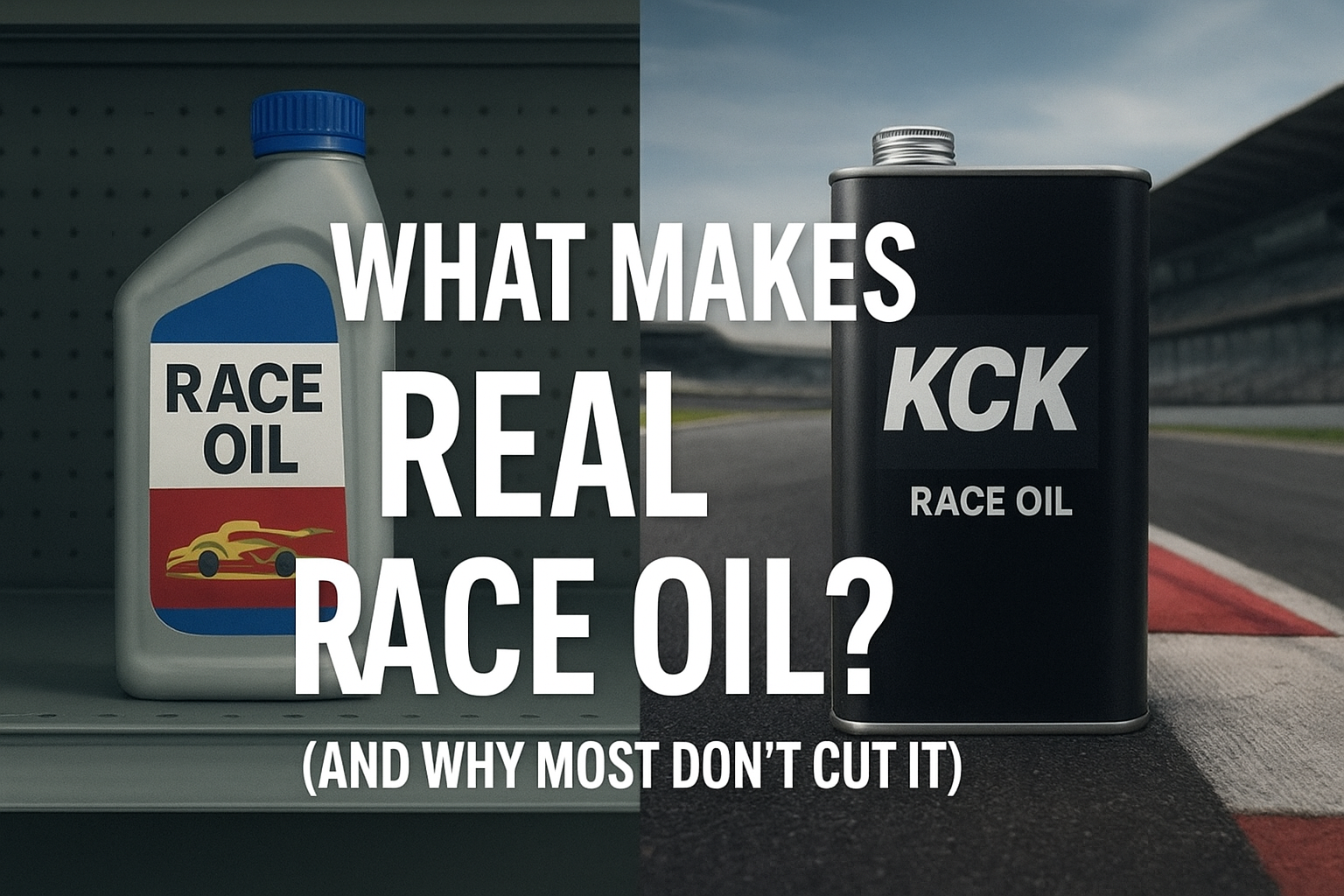When “More” Does Damage: The Hidden Dangers of Engine Oil Additives
There’s a certain mindset in the garage world: “A little is good, so more must be better.” But when it comes to engine oil additives, that attitude can be the fast lane to a blown engine—or worse.
We’ve all seen them on the shelves: zinc boosters, stop leak, friction modifiers, magic ‘engine repair’ potions that promise to fix everything with a splash. And while these bottles might look like horsepower in a can, the reality is much less glamorous—and a whole lot more expensive.
At KCK, we’ve seen the aftermath firsthand. In fact, let’s talk about two stories you’ll want to remember next time you’re tempted to play home chemist.
Real-World Fail #1: The Gearbox That Blocked Itself
One enthusiast, faced with a minor gearbox leak, decided to try a stop-leak additive. Simple fix, right? Wrong.
Within minutes of starting the engine, gears began dropping out. He shut the car down overnight. Next morning—same thing. The stop-leak additive had separated from the fluid, settled in the pan, and every time the car was started it clogged the gearbox filter like syrup in a straw.
That small leak ended up costing him thousands. Why? Because the additive wasn't compatible with the original fluid and the chemistry simply didn’t mix.
Real-World Fail #2: Zinc Scuffing From “Too Much Protection”
Another bloke added a high-dose zinc additive to his hot rod’s oil. Why? He thought more zinc meant more protection for his flat-tappet cam. Problem is, the oil he was using already had a perfect balanced.
By overtreating the zinc content, he created what we call zinc scuffing—a wear pattern caused by excessive levels of ZDDP (Zinc Dialkyldithiophosphate). When ZDDP concentrations go too high, the protective boundary layer becomes unstable, leading to abnormal wear, deposits, and—ironically—the exact kind of metal-on-metal damage zinc is meant to prevent.
His bearings wore out. Cam lobes flattened. Oil passages clogged with ash-like residues. Within 5,000 km, the engine was scrap metal. All from a product that was supposed to help.
Why This Happens: QUALITY Oils Are Already Balanced
The truth is, modern oils—especially performance formulas like those from KCK—are chemically engineered systems. Every additive, every molecule, is measured, balanced, and tested for harmony under real-world conditions.
Adding aftermarket chemicals might temporarily change a number on a test sheet… but it unbalances the whole formulation. It’s like tossing hot sauce into a gourmet recipe. It might taste different—but don’t be surprised if it doesn’t agree with the rest of the dish.
If you’re buying KCK, you’re already getting:
-
Proper ZDDP levels (especially in race blends like RE36, NITRO, RE35)
-
Friction modifiers that actually reduce drag
-
Anti-foaming agents, seal conditioners, and dispersants
-
Base stocks that outperform most finished oils on the market
All mixed via our hot blend technique to ensure molecular-level consistency.
A Note for the DIYers & “Tech Guys”
We get it. You love wrenching. You’ve got shelves of old-school tricks and go-to oils. But if you’re pouring a second product into your engine oil, you’re acknowledging one of two things:
-
You bought the wrong oil to begin with, or
-
You don’t trust what’s already in there.
If that’s the case—why not skip the guesswork? Just start with an oil that does the job properly from day one. Because once that additive hits the sump, you're not just voiding warranties… you might be loading the gun.
Final Word: Don’t Mix What You Don’t Understand
We’re not anti-chemistry. We’re pro correct chemistry. And in the high-stakes world of performance engines, towing rigs, or race day machinery, oil isn't the place to cut corners or play scientist.
Buy once. Buy right. Don’t risk it.
Choose an oil that’s already engineered to outperform. Choose KCK.
Related Reading:
Still unsure what’s right for your setup? Talk to the KCK tech crew—we’re happy to recommend the right oil for your build. Email us at info@KCKLubicants.com
Contact Us or check out our full product range.
